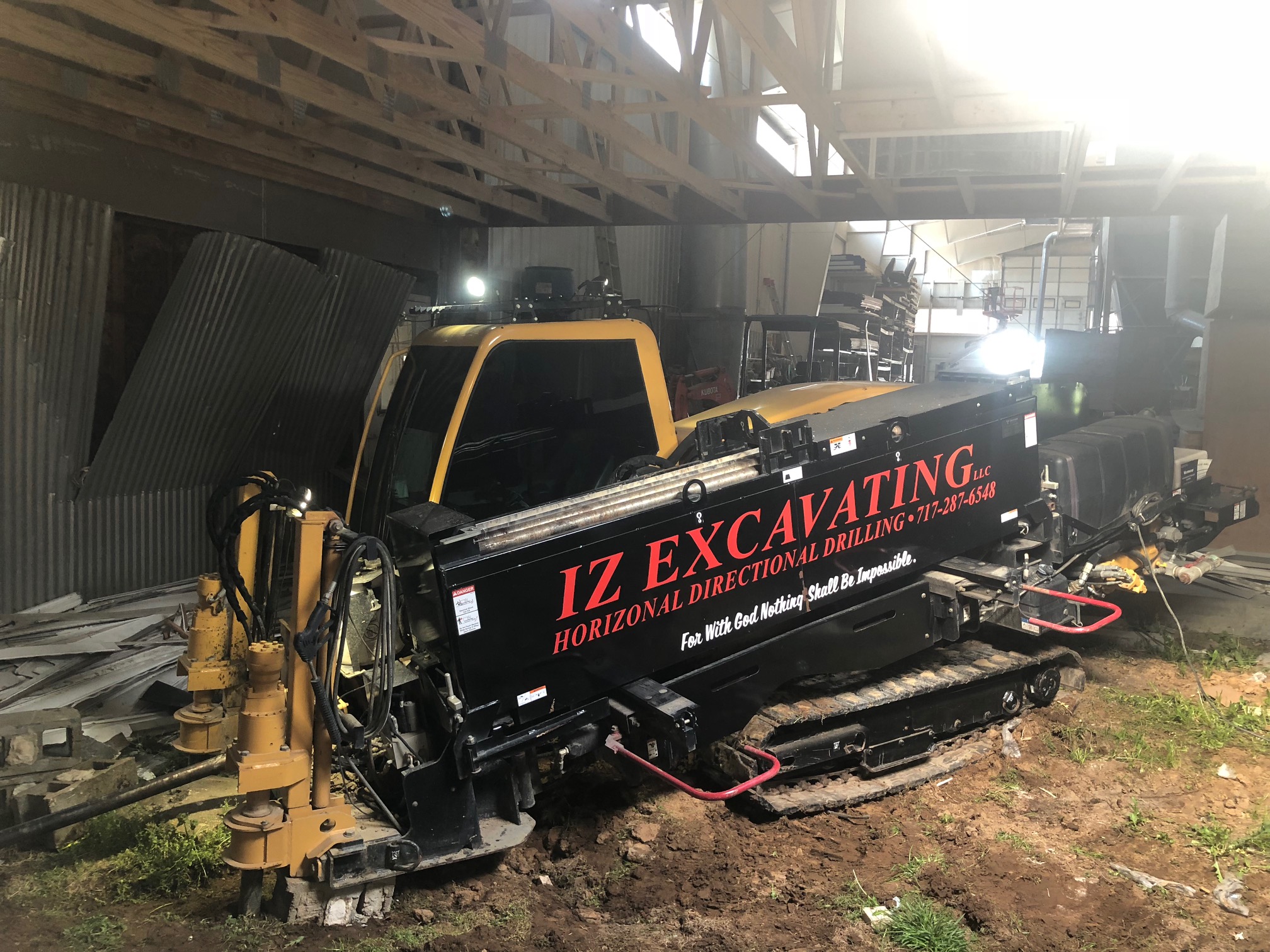In the rapidly developing realm of drilling technology, directional bore drilling stands out as a breakthrough, delivering exactness and efficiency that conventional techniques simply cannot match. For those unfamiliar with the term, directional bore drilling is defined as the practice of drilling tilted wells, allowing operators to traverse underground with exceptional precision. This advancement has overhauled various industries, such as the oil and gas sector to infrastructure utilities, facilitating projects to be completed more rapidly and with minimal impact on the surface.
As city dwellers continue to grow and the need for sustainable energy solutions increases, the relevance of directional bore drilling is more evident than ever. Its ability to traverse challenging ground conditions and access difficult-to-access areas makes it essential for modern infrastructure development. In this article, we will examine the progression of directional drilling methods, analyze its multiple uses, and point out the significant benefits it brings to various fields. Whether you are a beginner looking to grasp the basics or a specialist interested in the latest innovations, this guide will provide useful information about the intriguing realm of directional bore drilling.
Comprehending Directional Drilling Borehole Creation

Directional drilling is a method used in multiple industries to create boreholes that stray from a perpendicular path. Unlike traditional vertical drilling, which drills vertically, directional drilling allows drillers to reach points that are not directly below the drilling site. This approach is vital for accessing assets situated under challenging terrains or urban environments, allowing more efficient resource extraction and installation projects.
The process involves utilizing specialized equipment and technology to guide the drill to the intended angle and direction. Equipment such as mud motors and drill bits are crucial for performing precise movements underground. Additionally, live data surveillance systems help monitor the placement and path of the drill bit, ensuring that it continues on track throughout the operation. This ability is particularly beneficial in complex projects, where maintaining accuracy is critical for success.
Directional drilling has grown ever more important in the oil and gas industry, as well as in service installation and renewable energy projects. It decreases the need for extensive surface disruption and limits environmental impact, allowing for the careful development of resources. As technology continues to progress, the implementations of directional drilling are growing, making it a crucial aspect of current infrastructure development.
Benefits of Directional Drilling
Directional drilling gives multiple rewards which considerably boost the efficiency of projects and overall performance. One of the standout benefits includes its ability to reduce surface disruption. This method allows drill paths to move around hindrances and making it possible to drill beneath fragile zones, directional drilling greatly decreases the necessity for large-scale surface clearing or excavation. This is particularly helpful in urban settings where space is scarce and disruption to daily activities must be minimized.
Furthermore, of directional drilling is its efficiency in terms of cost. Old drilling practices often necessitate more extensive labor, prolonged schedules, and higher equipment utilization, which causes increased total expenses. In contrast, this method enables more efficient use of resources, which translates to reduced time and money spent on the project. This optimized process means that projects can be finished more quickly, this is advantageous for both builders and clients get optimize their financial input.
Furthermore, directional drilling plays a key role in safeguarding the environment. Owing to its ability to traverse under bodies of water and delicate environments, it helps to protect these essential zones from harm and destruction. This environmentally friendly approach not only meets regulatory requirements but also builds a positive public perception of projects, which makes it an important choice for businesses seeking to enhance their efforts in sustainability while meeting their business objectives.
Upcoming Developments in Directional Drilling
The future of directional drill drilling is shaped by advancements in technology that boost productivity and precision. Directional Drilling Ireland of the significant trends is the inclusion of artificial intelligence and algorithmic learning. These systems are utilized to assess drilling data in real time, enabling superior decision-making and more accurate path planning. As AI systems progress, they will enhance the drilling process by forecasting potential issues and adjusting drilling parameters instantly, ultimately reducing downtime and costs for operators.
A further key trend is the rising adoption of automation in directional operations. Automated technologies are being developed to manage various stages of the drilling process, from observing bore paths to tweaking drilling parameters without human intervention. This move towards automation not only boosts safety by reducing the number of personnel needed on-site but also facilitates more consistent and reliable drilling performance. Companies that implement these automated solutions will likely find a market advantage in the fast-paced energy sector.
Lastly, the focus on sustainability is driving advancements in directional drilling techniques. As Directional Drilling Dublin Ireland towards greener energy solutions, there is a increasing demand for methods that lessen environmental impact. Directional drill drilling is well-suited for this change, as it allows for the installation of infrastructure with little surface disruption. Future developments are expected to feature environmentally friendly drilling fluids and better waste management practices, ensuring that directional not only satisfies the current energy demands but also conforms to sustainable infrastructure goals for the future.
